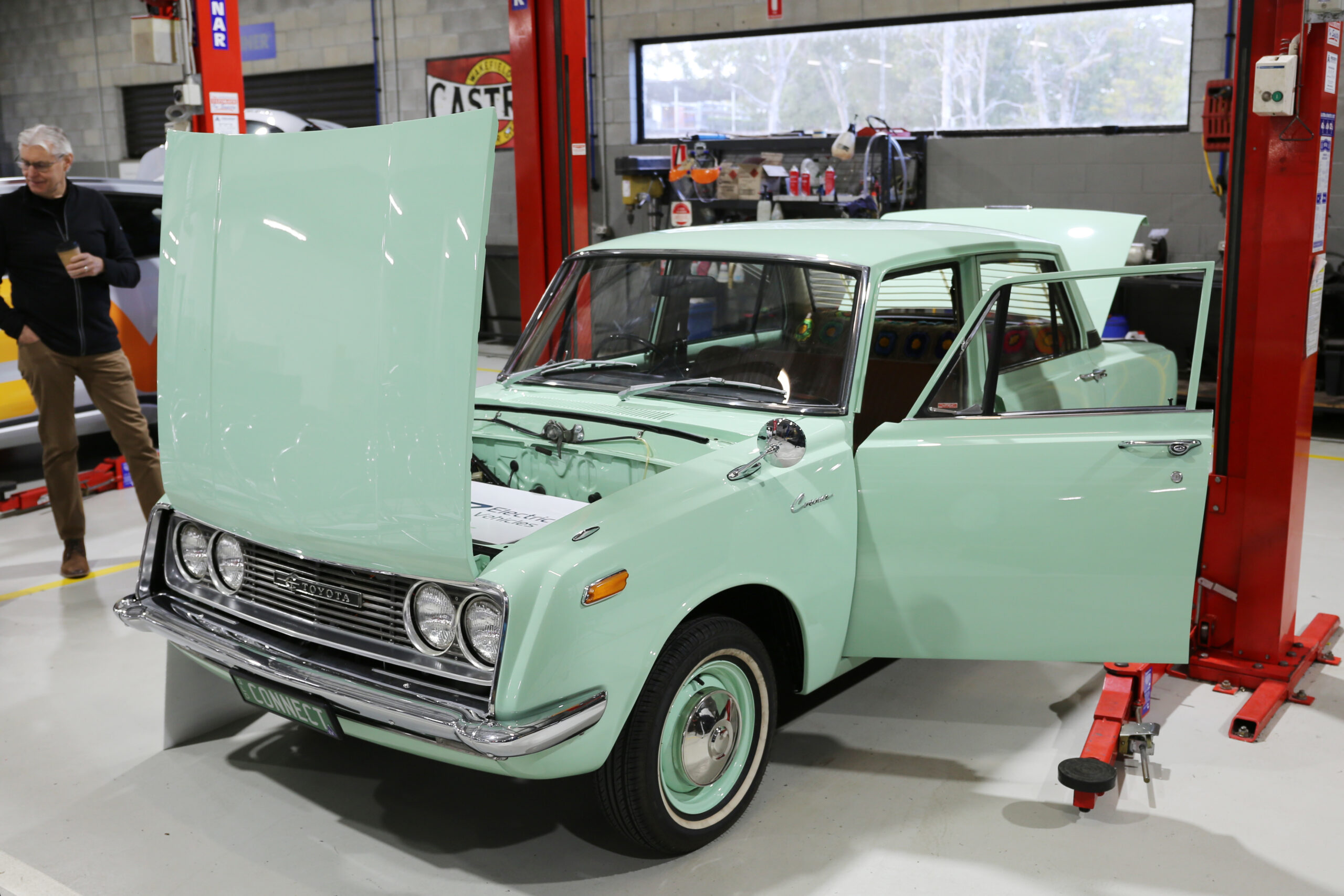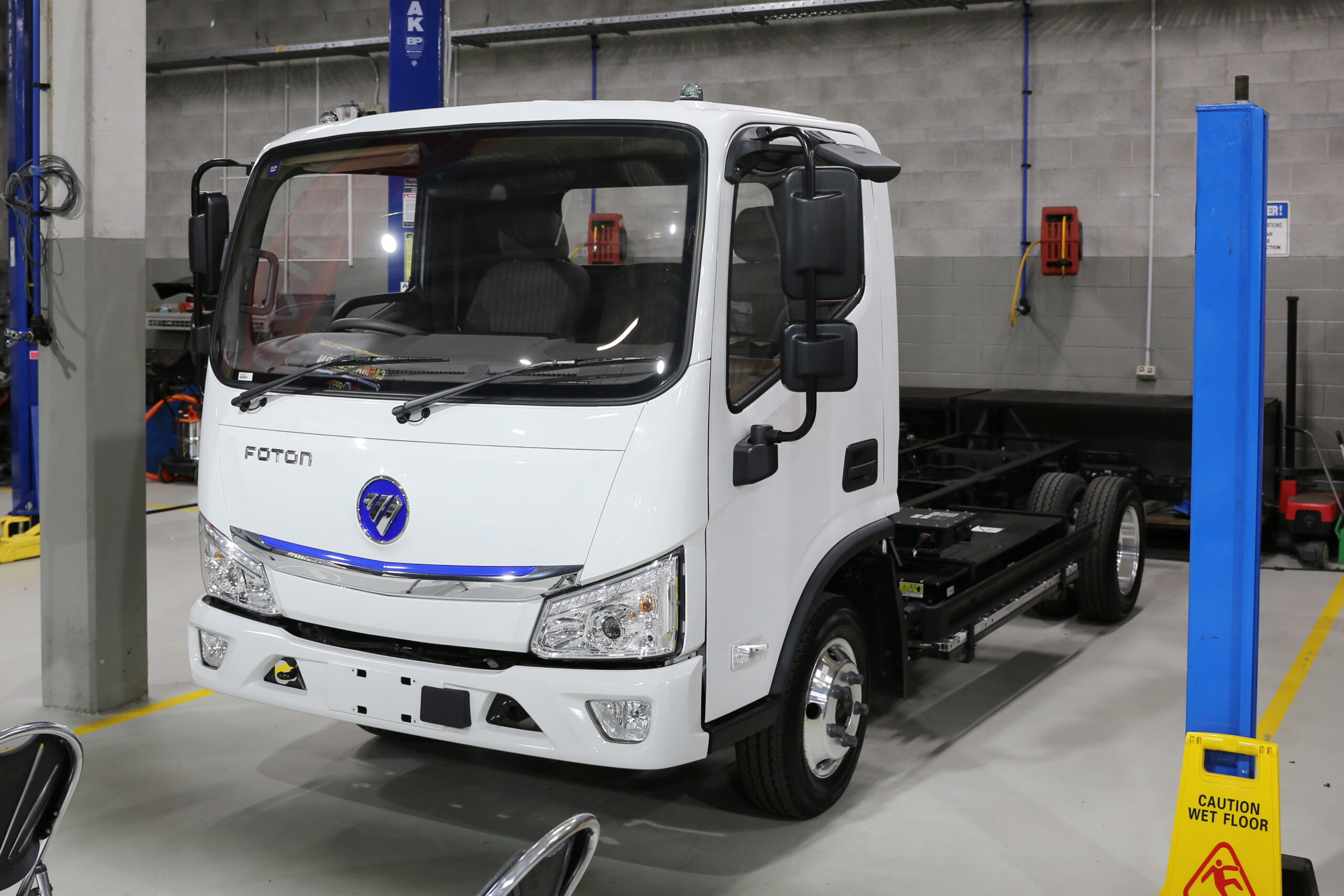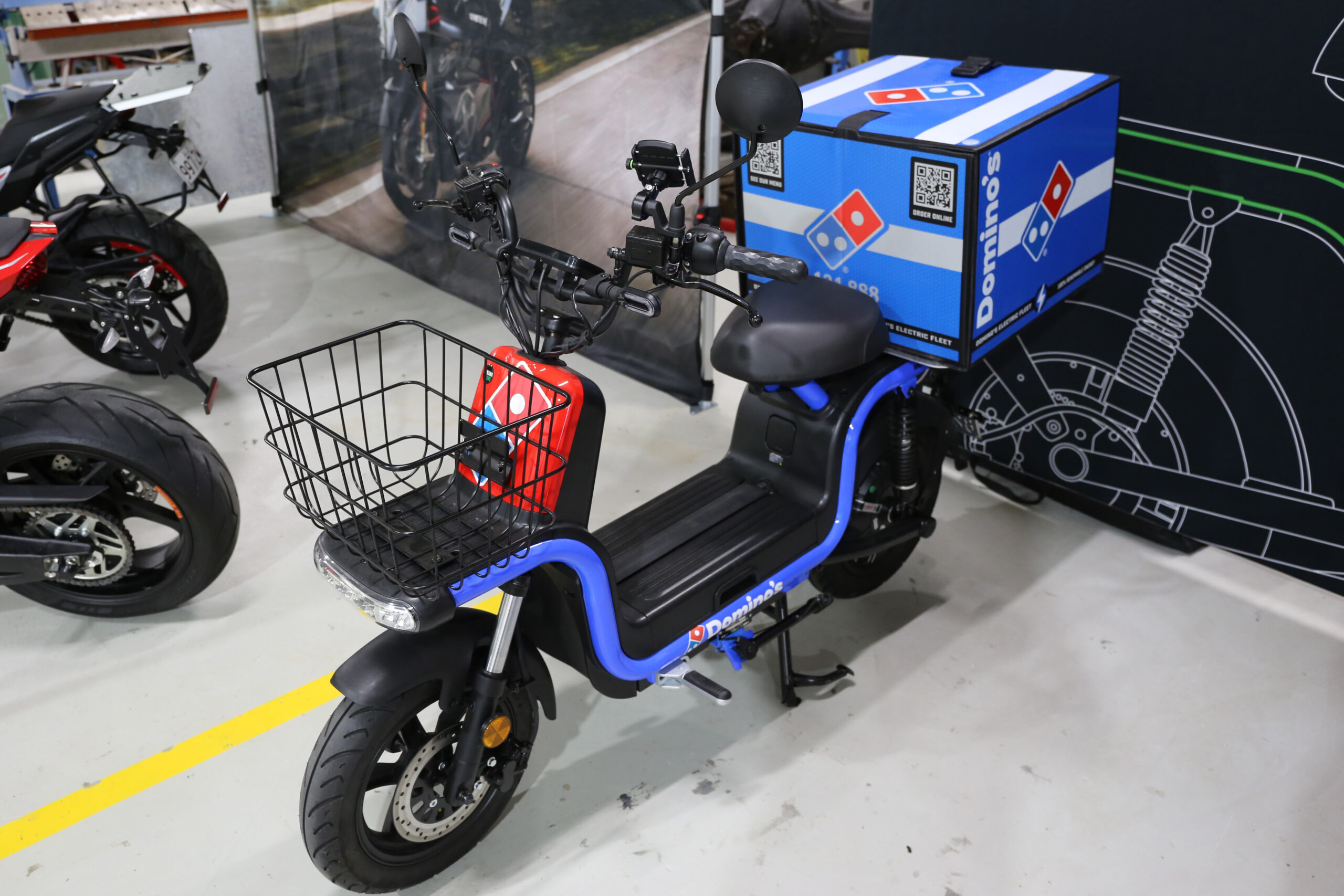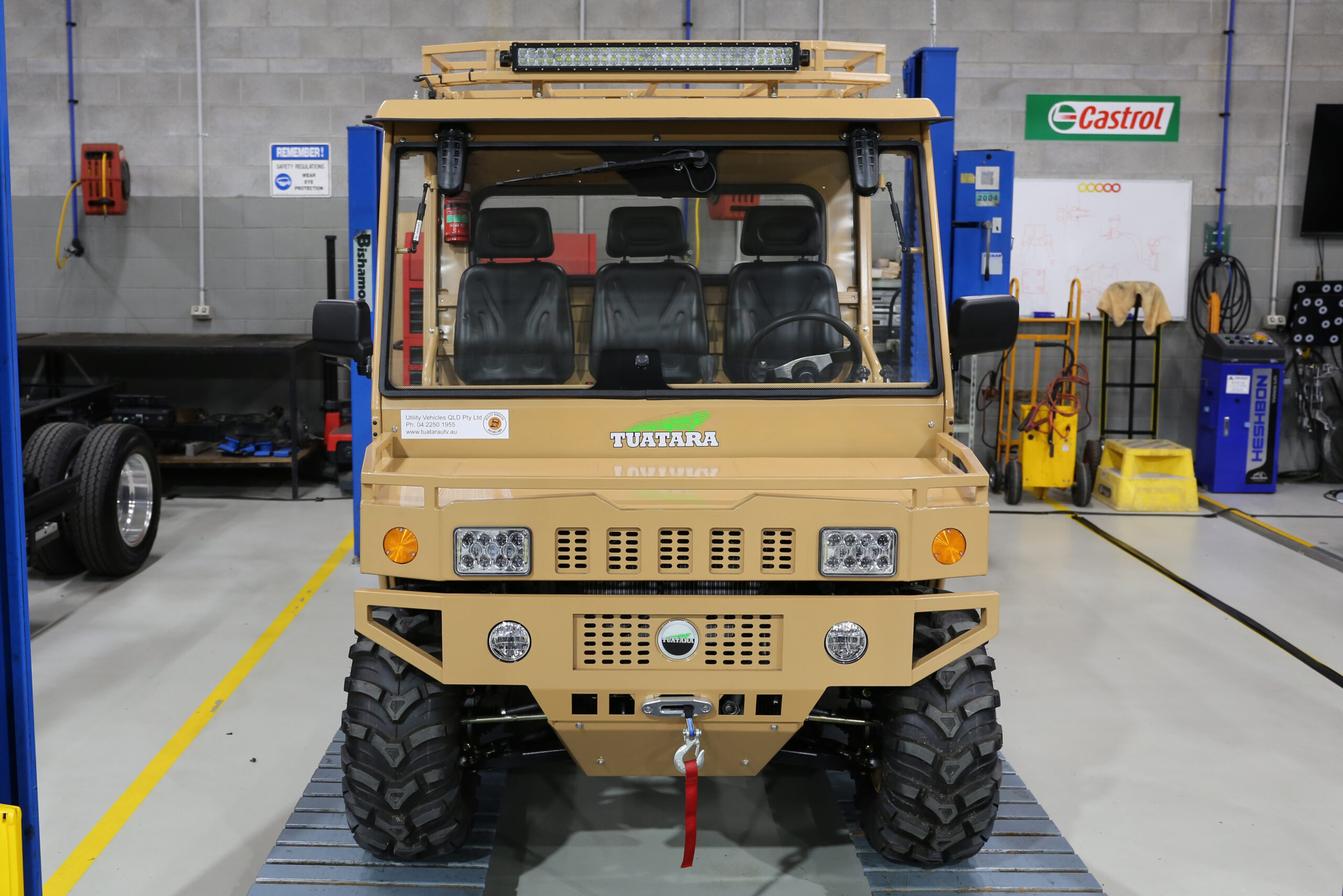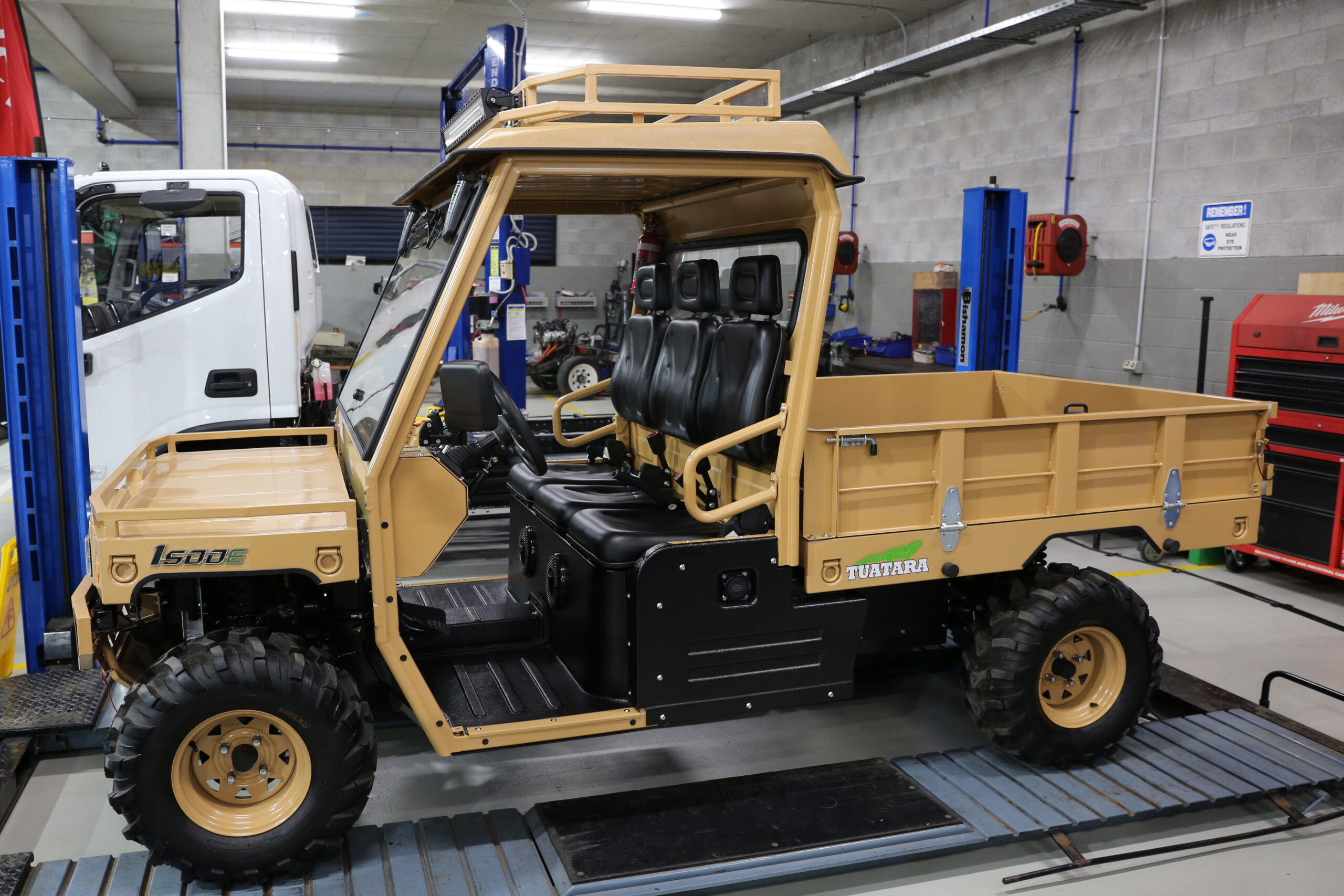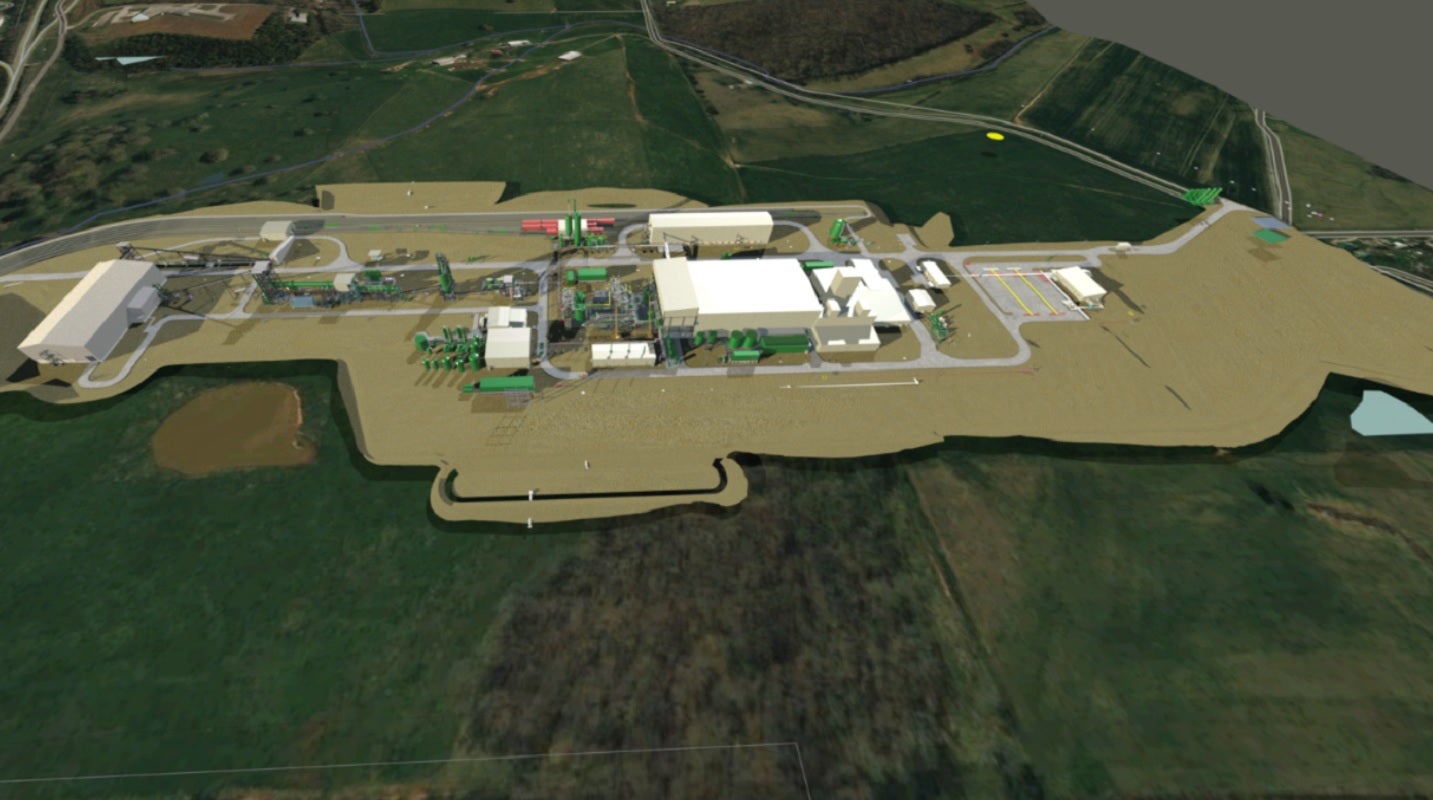
For the past 5 years, the Motor Trades Association of Queensland has been warning dealerships that they need to prepare for Carmageddon. No, not the computer game, but the advent of battery electric vehicles (BEVs) on Queensland roads and the devastating effect that will have on their current business models. At its recent Carmageddon 23 event, Rod Camm, the Chief Executive Officer of MATQ, made the following startling announcement:
“All of the evidence from Europe is that there is a 40% reduction in revenue from servicing EVs compared to combustion engines. So, business, my message to you is that you have to adapt.”
Rod likens the impact of the invasion of EVs to the introduction of the Model T Ford in 1908. There are already 25,000 EVs on Queensland roads, and that number is expected to double by the end of this year. Numbers are accelerating with the launch of the affordable triplets — the MG4, the BYD Dolphin, and the Great Wall ORA Cat.
MTAQ is offering free business workshops across the state over the coming months. Rod is especially concerned about regional dealerships in towns outside the capital. These workshops are supported by the state government’s VET emerging industries program.
During our recent visit to Gladstone (a Queensland regional centre), a local Toyota dealer sat in my friend’s Polestar 2 and lamented at not having any battery electric cars to sell. He was impressed with the fit and finish of the Polestar 2. It will make him even sadder when he realises that EVs will reduce the servicing income stream of his business. He knows the rEVolution is coming, but how do you adapt to the future when you have no product to sell or service?
Businesses were urged by Rod Camm to consider the timeline for investing in infrastructure and training in order to be ready for the rEVolution. My recent visits to Hyundai and MG dealerships show that some have already heeded the call and installed chargers to provide this service to customers. They are also re-imagining their service provision as a “peace of mind check-up,” no longer a necessary oil change. Rod announced that the government fleet of cars will be 100% EV within 3 years.
He continued that it doesn’t matter how big your dealership is; if you are not planning for the change to EVs, you are likely to miss business opportunities. These opportunities exist in the sale of cars, the repair of cars, and the servicing of cars. Those in dealerships, collision repairs, or independent mechanical services need to take note. Some businesses may eventually cease to exist as the fleet transitions over the next decade — like muffler repairs, for example.
“International experience tells us, that as many as 20% of small businesses in automotive are expected to close in the transition to electric,” Rod urged MTAQ members to invest in skills training and infrastructure. “I have run some regional workshops and some attendees are not true believers — they don’t think that EVs will have an impact of them. My message is, they will. Never has it been more important than to plan for the future.”
My friend in Bundaberg (another Queensland regional centre) reports that his order of an MG 4 is one of 7 at his local MG dealership. According to the Australian Automobile Association, so far there are only 63 BEVs registered in his city (out of a total of 70,000 cars, so you can understand the complacency of automotive industries in the regions). I’m looking forward to checking that again next month. You can have some fun by typing in your postcode and checking how many EVs are in your vicinity.
A presentation by Bill Gillespie, General Manager of Foton Light Duty Vehicles, highlighted the need to decarbonise the trucking industry. The transport sector currently generates 19% of Australia’s total GHG emissions. Eight of ten heavy fleets have plans to replace older and less efficient vehicles in the next two years. He posed the question: “What will they replace them with?” I hope they make contact with Janus Electrics!
Electric trucks are still more expensive than their diesel counterparts, but this differential can be offset by lower running costs. Range is another issue in a country as large as ours, but Gillespie pointed out that the average rigid truck travels about 57 km a day and the average articulated truck 217 km. In my opinion, these distances can be managed by electric trucks that are in production today.
Post-Covid, many Australian consumers have turned to online shopping, and they prefer greener delivery solutions. Australian businesses that go electric can capture this market and increase their profits. E-commerce has increased 57% in the past two years. “Embracing sustainable practises is not just a moral obligation, but also a strategic move for a company,” he said. “Consumers today are more conscious about the environmental impact of their purchasing decisions. … We know people are choosing environmentally conscious companies and they are fostering brand loyalty. We say to everyone, it is time to embrace the change.”
The change was quite evident in the displays. Foton was showing off its light rigid truck, OZDIY had a converted classic Toyota, Benzini Zero had its electric scooter all dressed up in its Dominos’ livery. The MG 4 was also there to herald the advent of affordable EVs. Sadly, the rest of the triplets were absent — no BYD Dolphin or Great Wall ORA.
A standout on display was the Tuatara 1500E electric ATV, named after a New Zealand reptile. “The 1500E is Tuatara’s electric ATV. Standard with a 15kW (30kW peak) and 35Nm rated torque (max 130Nm) water cooled electric motor, powered by a 13kWh 108W lithium iron battery. Drive is via a Hi/Low transfer box and it has all of Tuatara’s features standard, with electronic power steering, power assisted disc brakes all round and independent suspension.”
It has 100 km of range — so you’d need a big farm to use all that. It takes 3–7 hours to charge, can tow a ton and carry half a ton. The Tuatara also comes fitted with a winch.
Wikipedia tells us: “Despite their close resemblance to lizards, they are part of a distinct lineage, the order Rhynchocephalia. The name tuatara is derived from the Māori language and means ‘peaks on the back’.”
As change sweeps through the automotive industry, many are preparing for the change from internal combustion engine (ICE) powertrains to battery electric powertrains. Some still do not believe that EVs will progress beyond a niche market. A look overseas to Europe, China, and California should open their eyes. Not only are EVs taking over the roads, but they’re now starting to take over the mines and farms as well. Businesses that fail to adapt may just fail.
I don’t like paywalls. You don’t like paywalls. Who likes paywalls? Here at CleanTechnica, we implemented a limited paywall for a while, but it always felt wrong — and it was always tough to decide what we should put behind there. In theory, your most exclusive and best content goes behind a paywall. But then fewer people read it! We just don’t like paywalls, and so we’ve decided to ditch ours. Unfortunately, the media business is still a tough, cut-throat business with tiny margins. It’s a never-ending Olympic challenge to stay above water or even perhaps — gasp — grow. So …

